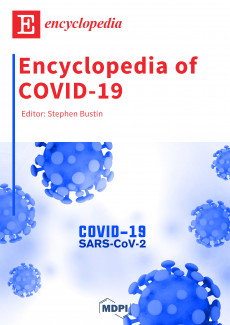You're using an outdated browser. Please upgrade to a modern browser for the best experience.
Topic Review
- 442
- 16 Nov 2022
Topic Review
- 441
- 28 Nov 2022
Topic Review
- 436
- 21 Nov 2022
Topic Review
- 431
- 15 Nov 2022
Topic Review
- 427
- 11 Oct 2022
Topic Review
- 425
- 18 Jan 2024
Topic Review
- 422
- 26 Oct 2022
Topic Review
- 422
- 21 Nov 2022
Topic Review
- 421
- 04 Nov 2022
Topic Review
- 420
- 04 Feb 2024
Topic Review
- 419
- 14 Nov 2022
Topic Review
- 417
- 08 Oct 2022
Topic Review
- 414
- 10 Nov 2022
Topic Review
- 412
- 27 Jul 2023
Topic Review
- 411
- 29 Jun 2023
Topic Review
- 411
- 09 Jun 2023
Topic Review
- 407
- 21 Feb 2024
Topic Review
- 405
- 09 Nov 2022
Topic Review
- 404
- 28 Oct 2022
Topic Review
- 404
- 04 Nov 2022
Featured Entry Collections
>>
Featured Books
- Encyclopedia of Engineering
- Volume 1 (2023) >>
- Chief Editor:
- Encyclopedia of Social Sciences
- Chief Editor:
- Encyclopedia of COVID-19
- Chief Editor:
 Encyclopedia
Encyclopedia


